You might think of Crete as a summer-only destination, but you’d be missing out on the island’s year-round allure. From snow-capped mountains in winter to blooming wildflowers in spring, sun-soaked beaches in summer, and tranquil olive groves in autumn, Crete offers a kaleidoscope of experiences across the seasons.
Each month reveals a unique facet of this Greek paradise, blending ancient history, rich traditions, and natural wonders. Whether you’re seeking adventure, relaxation, or cultural immersion, Crete’s diverse offerings will surprise and captivate you.
But what exactly can you expect as you journey through Crete’s annual cycle?
January: Winter’s Tranquility

January in Crete offers a unique perspective on this Mediterranean island. With fewer tourists, you can experience authentic Cretan lifestyle and explore its rich cultural heritage at a leisurely pace. The weather is cooler, perfect for cozying up in charming tavernas or visiting the island’s numerous historical sites.

This is an ideal time to explore ancient Minoan palaces like Knossos or Phaistos without the summer crowds. The museums, showcasing Crete’s extensive history and art, provide a perfect refuge on occasional rainy days.
For the adventurous, Crete’s winter landscape offers excellent hiking opportunities. While the famous Samaria Gorge is closed, numerous other trails await discovery. Imagine trekking through olive groves and sleepy villages, surrounded by snow-capped mountains – it’s a side of Crete most visitors never experience.

Don’t miss the chance to immerse yourself in local culture. Seek out a traditional kafeneio, where locals gather to socialize over Greek coffee and backgammon (known as “tavli”). These cozy establishments offer a warm welcome and a glimpse into everyday Cretan life.
Although most direct flights from Western Europe are unavailable during this season, the extra effort to reach Crete is well rewarded. Consider planning a longer stay to fully appreciate the island’s winter charm and tranquility.
February: Carnival Spirit and Almond Blossoms

February brings a burst of color and excitement to Crete as winter begins to soften its grip. The island comes alive with Apokries celebrations – the Greek version of Carnival. Streets fill with masked revelers and colorful parades, while the aroma of traditional treats wafts through the air.
This month also heralds the breathtaking sight of almond trees in bloom. Take a drive through the countryside to witness the delicate pink and white blossoms dotting the landscape. It’s an excellent time for photography enthusiasts to capture Crete’s natural beauty.
February is ideal for exploring Crete’s cultural offerings. Visit the Historical Museum of Crete in Heraklion to delve into the island’s rich past, or explore the Arkadi Monastery, a symbol of Cretan resistance and freedom. These sites are far less crowded than during the peak tourist season.

Consider attending a local cooking class to learn about Cretan cuisine. Many restaurants and cultural centers offer workshops where you can master traditional recipes like dakos or kalitsounia. It’s a wonderful way to bring a taste of Crete back home with you.
For wine enthusiasts, February is an excellent time to tour some of Crete’s renowned wineries. The cooler weather makes for pleasant tastings, and you’ll have the opportunity to learn about the island’s unique grape varieties and winemaking traditions. The Lyrarakis Winery in Alagni (Heraklion) or the Douloufakis Winery in Dafnes (Heraklion) are both worth a visit.

Nature lovers can enjoy birdwatching at Lake Kournas, Crete’s only freshwater lake. In February, you might spot winter visitors like flamingos or various duck species. The surrounding area also offers gentle hiking trails with beautiful views of the White Mountains.
March: Spring’s Awakening

March heralds the arrival of spring in Crete, bringing a sense of renewal to the island. Temperatures gradually warm, with daytime highs reaching a comfortable 15-18°C (59-64°F). The landscape bursts into a vibrant palette of colors as wildflowers carpet the hillsides. Keep an eye out for the vibrant pink rock rose (Cistus creticus) and the cheerful yellow Jerusalem sage (Phlomis fruticosa), both common and beautiful Cretan wildflowers.
This month marks the beginning of Easter preparations, a deeply significant time for Cretans. You might observe locals spring cleaning their homes and crafting traditional Easter delicacies. Consider visiting a local bakery to sample tsoureki, a sweet Easter bread. Participating in the tradition of dyeing eggs red is a wonderful way to immerse yourself in Greek customs.
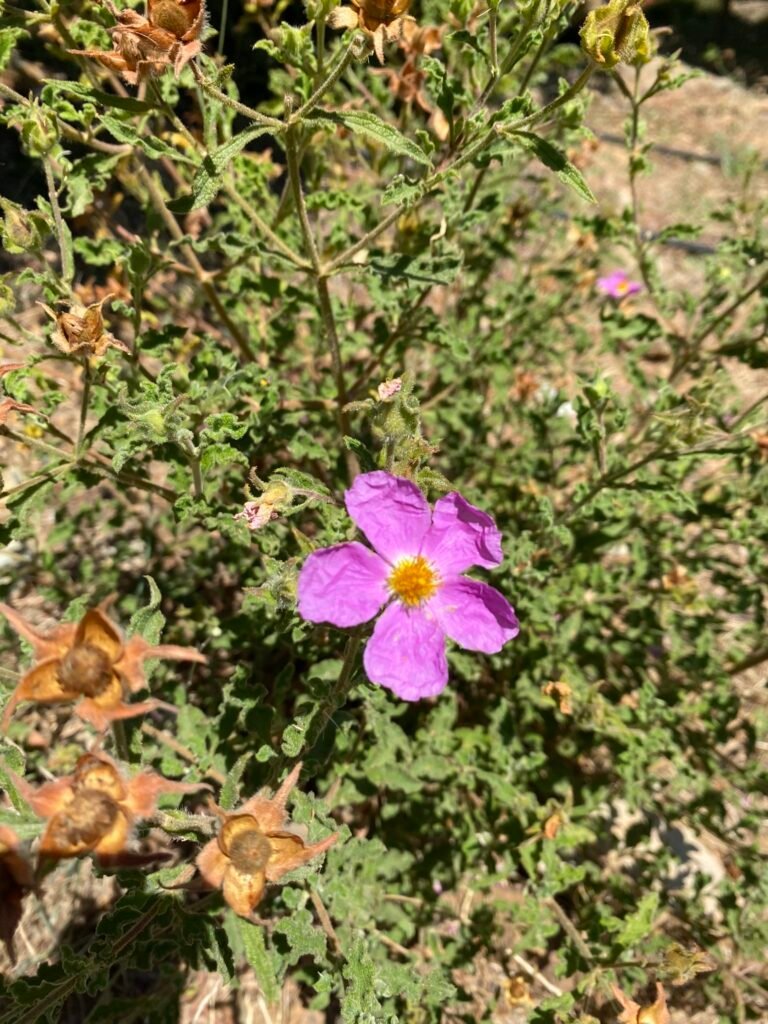
March is perfect for outdoor adventures before the summer heat sets in. Take a guided nature walk to learn about Crete’s unique flora and fauna. The Imbros Gorge offers a less strenuous alternative to Samaria, with stunning views and fewer crowds.
As you explore charming villages, you’ll find tavernas starting to bustle with life again. Indulge in fresh, seasonal produce like horta (wild greens) and kalitsounia (cheese pies). Many restaurants offer special spring menus featuring these local delicacies.

Art lovers should visit the numerous galleries in cities like Chania or Rethymno. March often sees new exhibitions opening, showcasing both traditional and contemporary Cretan art.
April: Easter Traditions and Wildflower Meadows
April in Crete often revolves around the vibrant celebrations of Orthodox Easter, the most important religious holiday in Greece. Witness the flurry of activity as locals prepare for the festivities – from spring cleaning to baking traditional treats like tsoureki (sweet bread) and dyeing eggs a deep crimson red.

During Holy Week, you can experience solemn processions and candlelit services. The midnight celebration of Christ’s resurrection is a moving experience. The streets come alive with the joyous cries of “Christos Anesti” (Christ is risen) as fireworks illuminate the night sky.
Easter isn’t the only highlight in April. Nature puts on a spectacular show with wildflowers blanketing the countryside. In my experience, April is one of the best months to explore Crete, especially for long, peaceful nature walks. I find the slow and beautiful pace of nature unfolding at this time of year truly captivating.

April is an also excellent time to explore Crete’s numerous caves, such as the Dikteon Cave, legendary birthplace of Zeus. The cooler temperatures make for comfortable exploration of these geological wonders.
Don’t miss the markets bursting with spring produce. Consider joining a culinary tour to sample seasonal delicacies and learn about Cretan dietary traditions, often cited as one of the healthiest in the world.

For history enthusiasts, April’s pleasant weather is ideal for visiting open-air archaeological sites. Explore the ancient city of Aptera or the Minoan palace of Malia without the summer crowds. The Archaeological Museum of Heraklion also offers a fascinating journey through Crete’s rich history.
May: The Beach Season Begins
May heralds the beginning of beach season in Crete, with pleasantly warm temperatures enticing visitors to the island’s stunning coastlines. The sea becomes inviting enough for a refreshing swim, and the golden sands perfect for leisurely walks or sunbathing.

As seasonal beach facilities start to open, you’ll have your pick of sun loungers and umbrellas. Enjoy a cocktail at a beachside taverna while watching the sunset – a perfect way to unwind after a day of exploration.
May offers ideal conditions for exploring Crete’s natural beauty. Consider a boat tour along the coastline to discover hidden coves and beaches accessible only by sea. The famous palm beach of Vai or the pink sands of Elafonisi are particularly beautiful this time of year.
For nature enthusiasts, May brings exciting news: the Samaria Gorge reopens for hikers. This 16-kilometer trek through one of Europe’s longest gorges offers breathtaking scenery and a chance to spot the kri-kri (Cretan wild goat). If you’re up for the challenge, it’s an experience not to be missed.
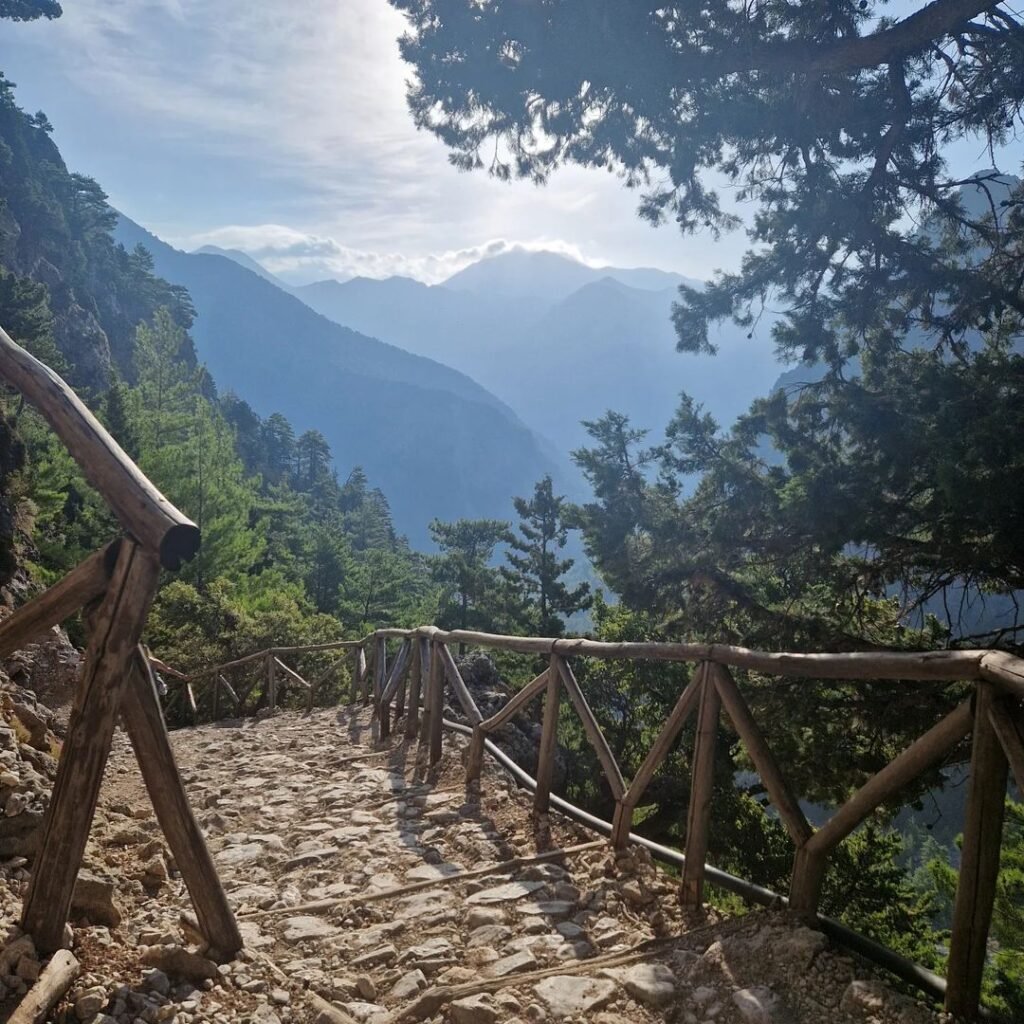
For those interested in Crete’s World War II history, May is an excellent time to visit historical sites and museums related to the Battle of Crete, which began on May 20, 1941. The Hellenic Military Museum in Chromonastiri offers insightful exhibitions on this period.
Olive oil enthusiasts can take advantage of the pleasant weather to tour olive groves and mills. Many producers offer tasting sessions where you can learn about the different grades of olive oil and their uses in Cretan cuisine.
May is also a great time for birdwatching, as many migratory species pass through Crete. Join a guided tour in areas like Lake Kournas or the Georgioupolis wetlands to spot a variety of birds.
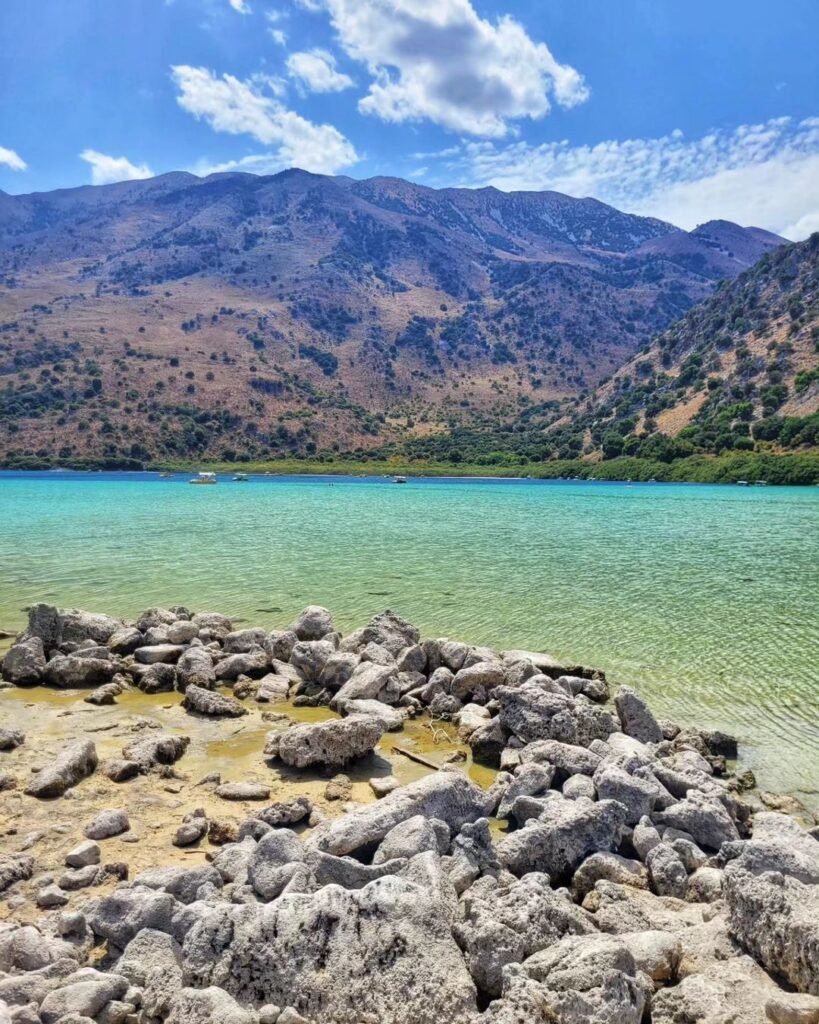
June: Summer’s Soft Start
As June arrives, Crete’s summer season gently unfolds. You’ll notice the temperatures climbing, with long, sunny days becoming the norm. It’s the perfect time to dip your toes into the Aegean Sea – the waters have warmed up enough for comfortable swimming, but the beaches aren’t yet packed with tourists.
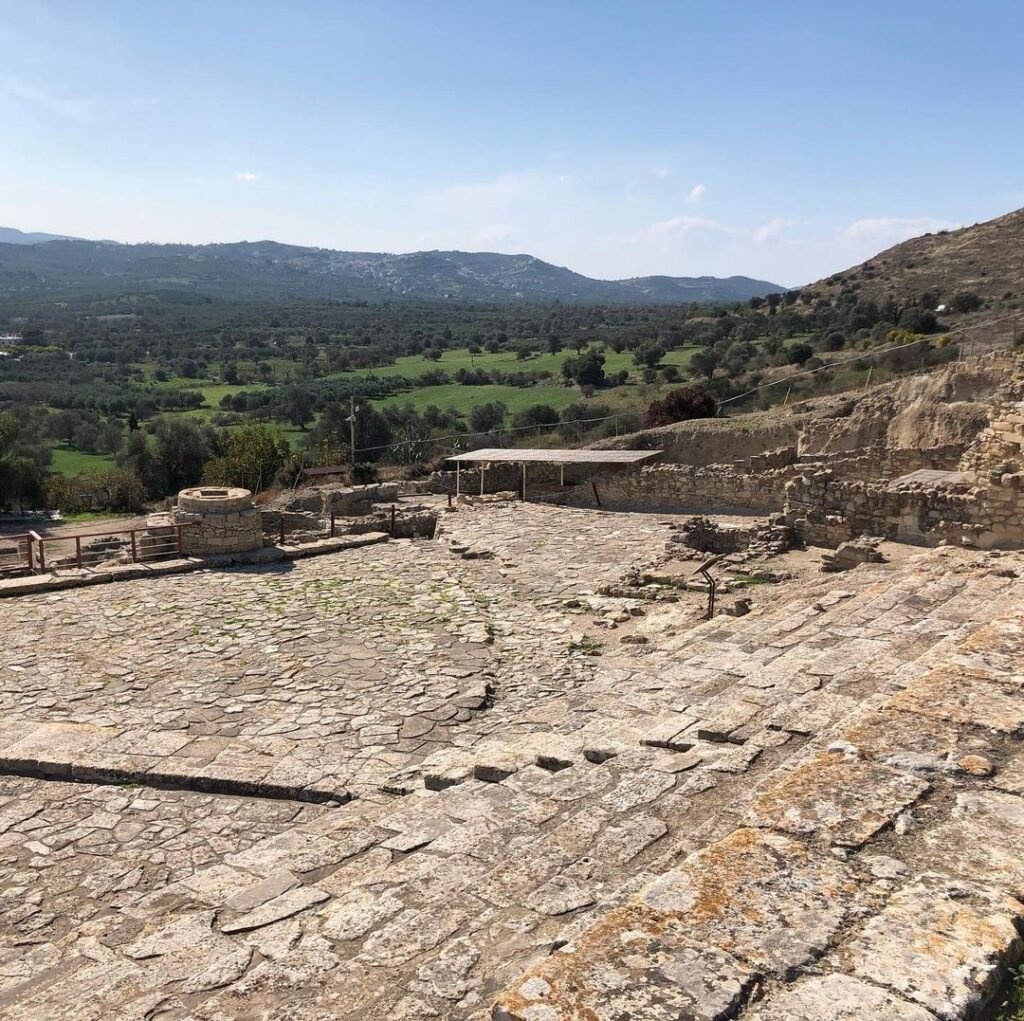
June also marks the beginning of Crete’s vibrant cultural festival season. You might encounter a local celebration in a charming village square, complete with live Greek music, traditional dances, and mouthwatering local delicacies. Don’t be shy to join in – locals are often happy to teach visitors a step or two of traditional Greek dances.
For those interested in history, June’s weather is ideal for exploring ancient ruins. The Palace of Phaistos, less crowded than Knossos, offers a fascinating glimpse into Minoan civilization. The nearby Matala caves, with their intriguing history as a hippie haven in the 1960s, are also worth a visit.
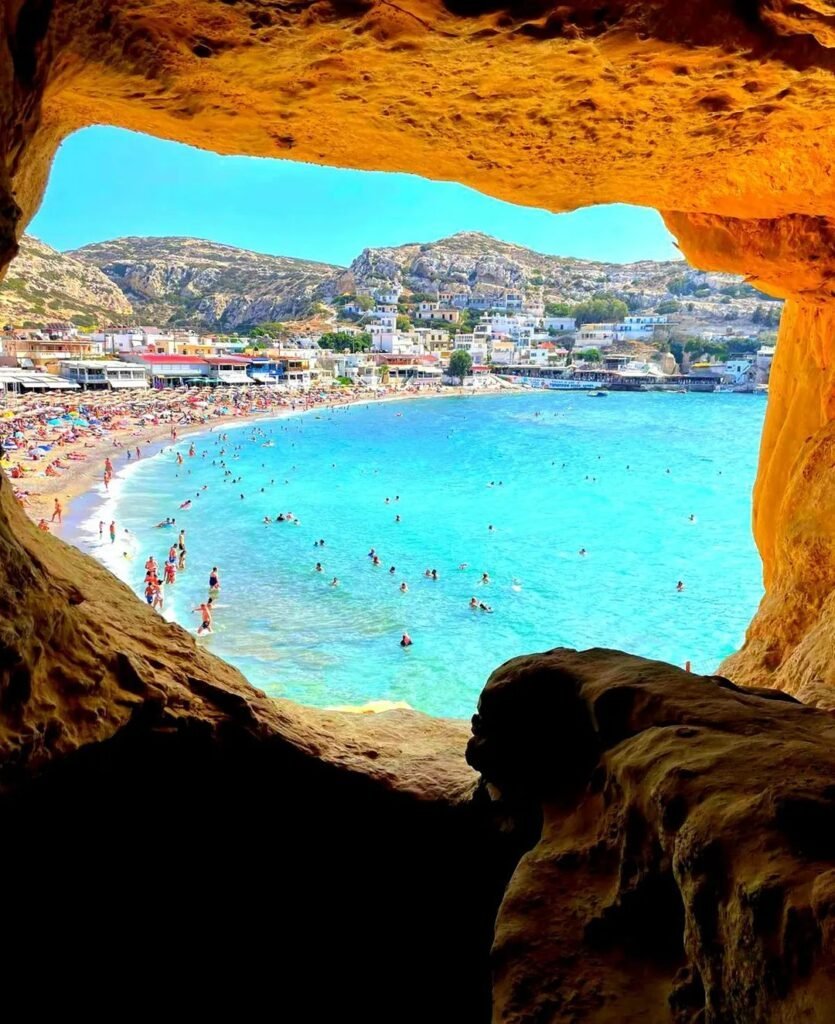
Nature lovers will appreciate the opportunities for birdwatching, particularly in wetland areas like Georgioupolis. The diverse ecosystem attracts various species, making it a paradise for ornithology enthusiasts.
As the day winds down, consider ending your evening with a wine-tasting experience. Many local wineries offer tours and tastings, allowing you to sample Crete’s unique varietals while learning about the island’s long winemaking tradition.

July: High Summer Energy
July ushers in the peak of Crete’s summer season, turning up the heat both literally and figuratively. The island buzzes with energy as visitors flock to its sun-drenched shores. It’s an ideal time to embrace the Mediterranean lifestyle – start your days early, enjoy the beaches or historical sites in the morning, and then retreat for a leisurely lunch followed by an afternoon siesta. By embracing this routine, you’ll be living like a true Cretan, as most locals pause for this restful break during the hottest part of the day.

As day turns to night, the island truly comes alive. You’ll find a wide array of dining options, from traditional tavernas to upscale restaurants. Why not join the locals for a volta (evening stroll) along the waterfront? It’s a great way to soak up the vibrant atmosphere and perhaps make some new acquaintances.
For a unique experience, consider visiting the Preveli Monastery. This historic site, located on the south coast of Crete, played a crucial role during World War II and offers stunning views of the Libyan Sea. The monastery is particularly atmospheric in the quiet of a summer evening, and its nearby palm beach provides a perfect spot for a refreshing end to your day.

Remember, July’s heat can be intense. Stay hydrated, seek shade during the hottest parts of the day, and consider indoor activities like visiting the impressive Heraklion Archaeological Museum during peak sun hours.
August: Festival Frenzy
August turns up the heat in more ways than one on Crete. It’s the island’s hottest month – both in terms of temperature and activity. The beaches are bustling, the tavernas are lively, and the air is filled with the sounds of music and laughter. While it’s peak tourist season, remember that Crete is the largest Greek island, offering plenty of opportunities to find your own slice of paradise away from the crowds.

This month is all about festivals – or ‘panigiria’ as the locals call them. Traditional village squares come alive with age-old celebrations honoring patron saints. These events offer a genuine taste of Cretan culture, complete with traditional music, dance, and mouth-watering local cuisine.
For those seeking tranquility, consider exploring the less-traveled eastern part of the island. The palm forest of Vai or the secluded beaches near Sitia offer a peaceful retreat from the August buzz.
Art enthusiasts might enjoy the Houdetsi Music Festival, typically held in early August. This unique event brings together musicians from around the world, creating a fascinating blend of traditional and contemporary sounds.
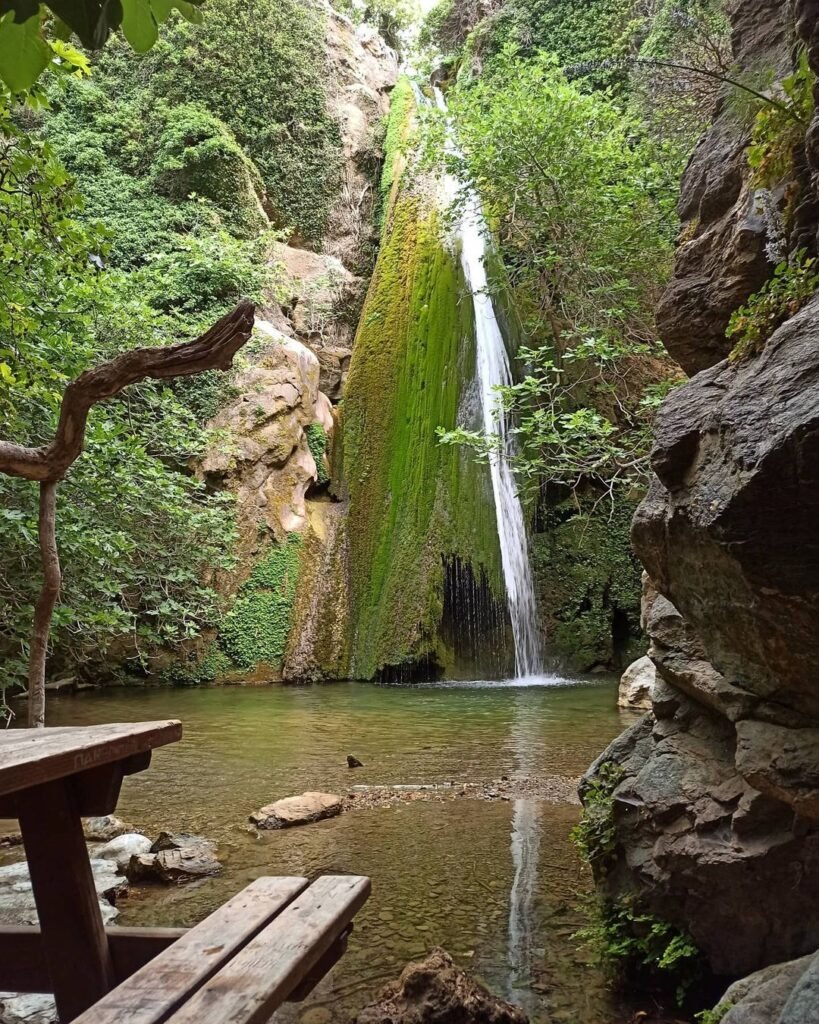
Despite the heat, August can be a great time for early morning walks or hikes. The Richtis Gorge, located in this less crowded part of the island, offers a more relaxed hiking experience. This lush trail features a beautiful waterfall and is suitable for hikers of various fitness levels. The trek through this verdant canyon provides stunning natural scenery without the crowds or intensity of some of Crete’s more challenging western gorges.
September: Late Summer Bliss
September ushers in a welcome respite from the intense heat and crowds of August. The island basks in a gentle, golden light as temperatures gradually cool. It’s an excellent time to explore Crete’s treasures, with the weather being more conducive to outdoor activities.

The sea remains delightfully warm, and beaches become less crowded, allowing for more space and tranquility. It’s grape harvest season, offering a unique opportunity to experience a significant aspect of Cretan culture. Some vineyards do indeed still practice traditional grape-stomping celebrations. If you’re fortunate, you might witness or even participate in this age-old practice – it’s a memorable way to connect with Crete’s winemaking heritage.

As tourist numbers decrease, you’ll find a more relaxed atmosphere in towns and villages. This is an ideal time to engage with locals and immerse yourself in Cretan culture. Consider visiting local markets, where you’ll find a bounty of fresh produce. September brings an abundance of seasonal treats like figs, grapes, and pomegranates.
For those who enjoy walking and hiking, the cooler weather makes it perfect for exploring the island’s rugged trails and gorges. The Samaria Gorge is less crowded now, offering a more peaceful experience of this natural wonder.

Foodies will appreciate September’s culinary offerings. Many restaurants showcase special menus featuring the autumn harvest. Don’t miss the chance to try dishes with fresh walnuts, almonds, or the last of summer’s tomatoes.
October: Autumn Adventures
October brings a golden touch to Crete, ushering in a season of mild weather and endless possibilities. The comfortable temperatures make it perfect for exploring ancient ruins without the summer heat. While the Palace of Knossos remains a must-visit, consider also exploring the less crowded ruins of Gortyn, the Roman capital of Crete, for a unique historical perspective.

Gortyn is particularly renowned for its Law Code, inscribed on stone blocks in the 5th century BCE, which is one of the most complete and well-preserved examples of ancient Greek law ever found.
As olive groves burst with ripe fruit, you’ll witness the start of the harvest season. It’s a fantastic opportunity to immerse yourself in Cretan culture and perhaps participate in the olive picking process. Many local producers offer tours and tasting sessions, allowing you to sample the fresh “liquid gold.”
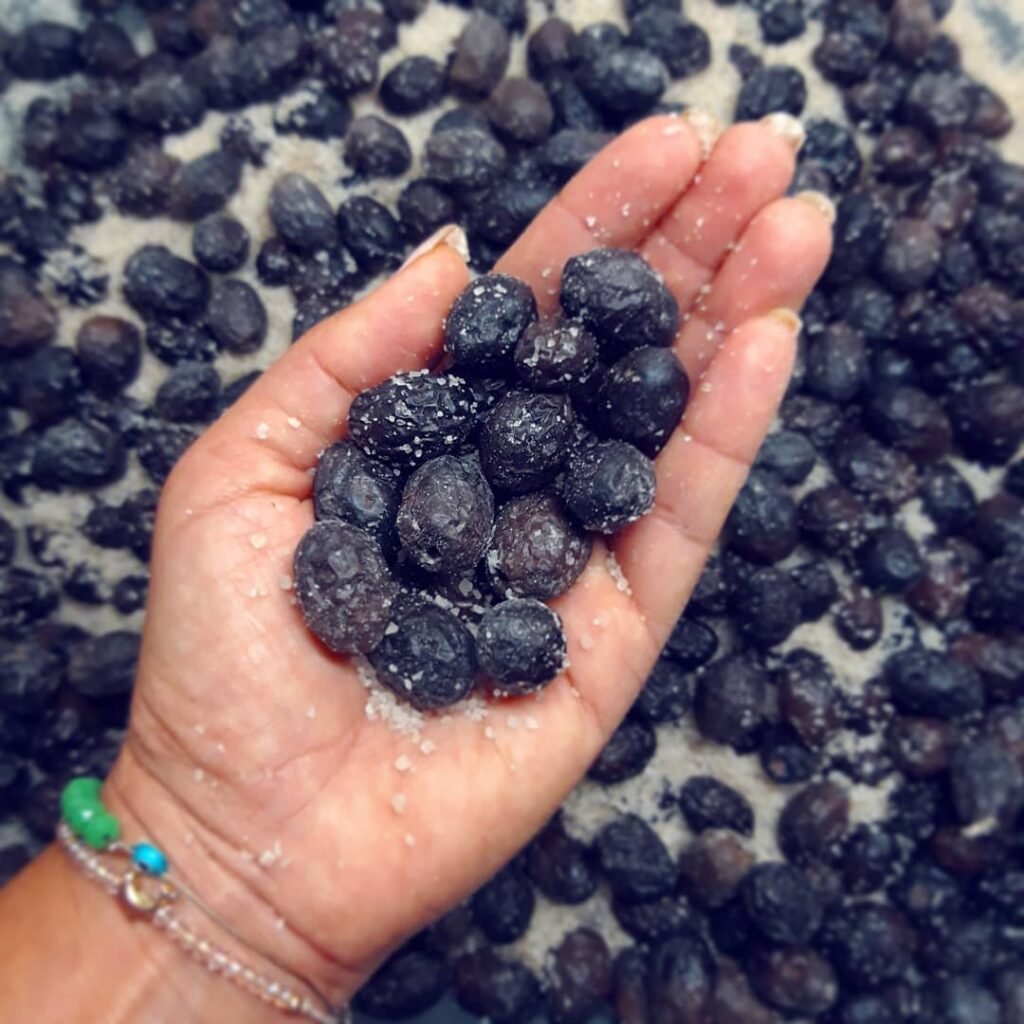
Hiking enthusiasts will find October’s crisp air ideal for tackling Crete’s stunning trails. October marks the final month that the iconic Samaria Gorge is open to visitors before its annual closure until May. It’s a great last opportunity to experience this natural wonder before winter sets in.
In the evenings, tavernas offer hearty autumn dishes that warm both body and soul. You might find local specialties like gamopilafo (wedding rice) or boureki (a layered zucchini and potato pie) on the menu. These traditional Cretan dishes showcase the island’s rich culinary heritage and make use of seasonal ingredients.
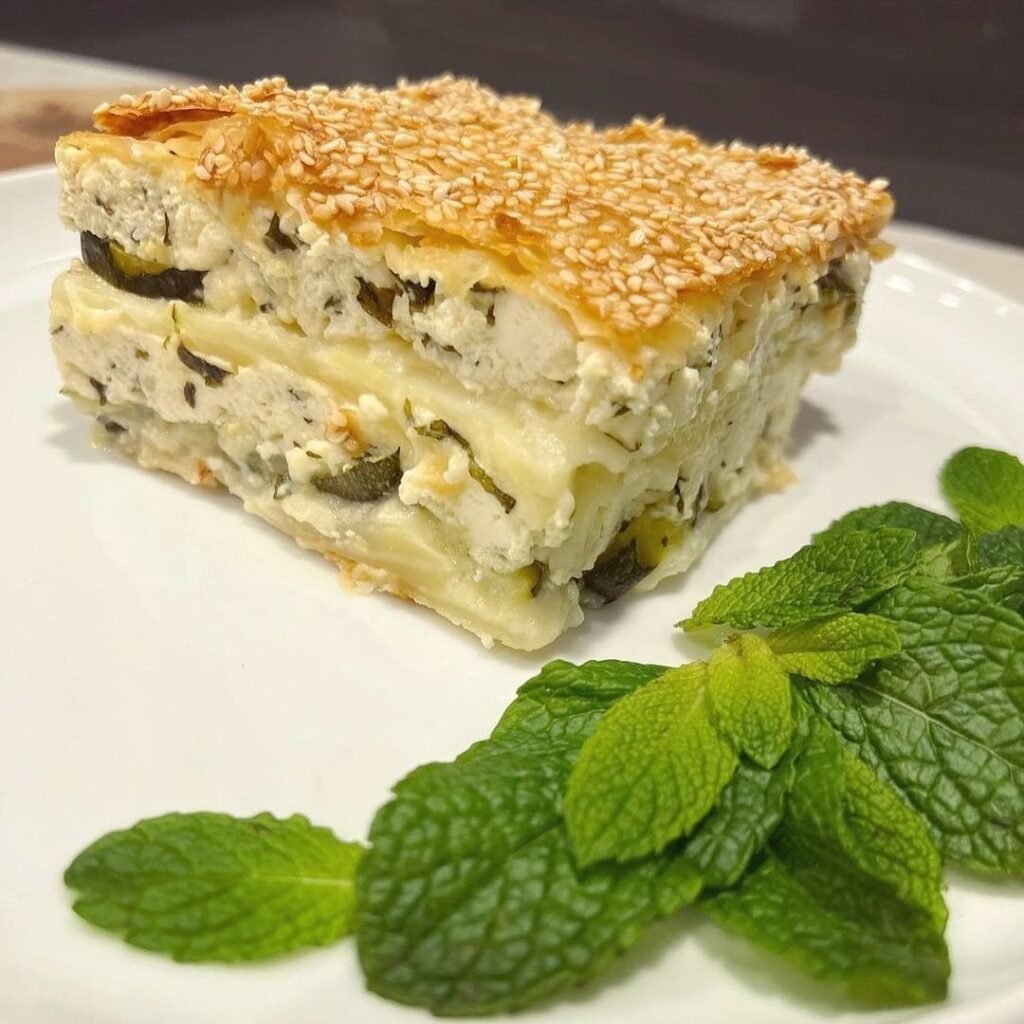
November: Tranquil Times
As November arrives, Crete settles into a peaceful rhythm. The summer crowds have dispersed, leaving you with a tranquil island to explore at your leisure. While most direct flights from Western Europe are no longer available, the extra effort of catching two flights is well rewarded by the unique experience of Crete in the off-season. Consider extending your stay to make the most of your journey.
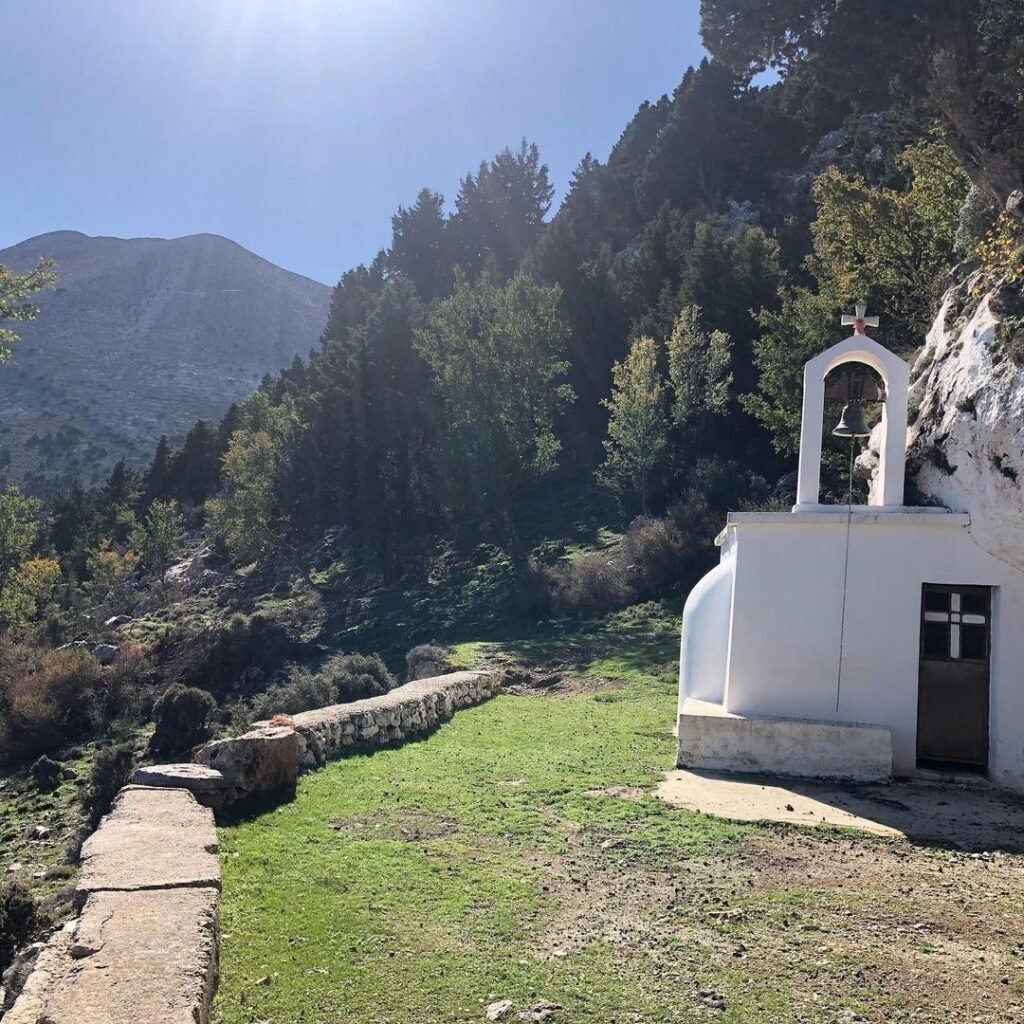
November ushers in the rainy season, but don’t let that dampen your spirits. These showers breathe new life into the landscape, painting the countryside in vibrant shades of green. Between rain showers, you’ll find plenty of crisp, sunny days perfect for sightseeing.

With fewer tourists around, it’s the ideal time to immerse yourself in Cretan culture. Spend an afternoon in a cozy kafenion, sipping Greek coffee and chatting with locals. Or lose yourself in the island’s rich history at one of the many museums – the Archaeological Museum of Heraklion is particularly enjoyable without the summer crowds.

As evening falls, warm up with hearty Cretan dishes like kakavia (fish soup) or stifado (beef stew). November in Crete offers a slower pace, allowing you to truly savor the island’s authentic charm and hospitality.
December: Winter Charm
December brings a magical transformation to Crete, draping the island in winter charm. Towns and villages are adorned with twinkling lights and festive decorations, creating a cozy atmosphere perfect for strolling through narrow streets and sipping hot drinks in quaint cafes. A Greek Christmas offers a unique blend of ancient traditions and modern celebrations.

As temperatures drop, Crete’s hearty winter cuisine comes to the fore. Indulge in dishes like avgolemono (egg-lemon soup) or kalitsounia (Cretan cheese pies) – comfort food at its finest. Don’t miss the New Year’s tradition of breaking a pomegranate on the doorstep for good luck.
While it might be too chilly for a swim, December offers a different kind of beauty. Mist-shrouded mountains, crisp air, and the occasional dusting of snow on the peaks of the White Mountains present a side of Crete that few tourists see. It’s an excellent time for photography enthusiasts to capture the island’s diverse landscapes.

The winter months are also perfect for exploring Crete’s numerous museums and historical sites without the crowds. Take your time to delve into the island’s rich history and culture at a leisurely pace.
Conclusion
Crete’s allure extends far beyond the typical summer season. Each month offers its own unique charm, from winter’s cozy traditions to spring’s wildflower meadows, summer’s vibrant energy, and autumn’s golden light. Whether you’re a history enthusiast, a nature lover, a foodie, or simply seeking authentic cultural experiences, Crete has something to offer year-round. By exploring the island in different seasons, you’ll discover the many facets of this timeless Greek paradise.

